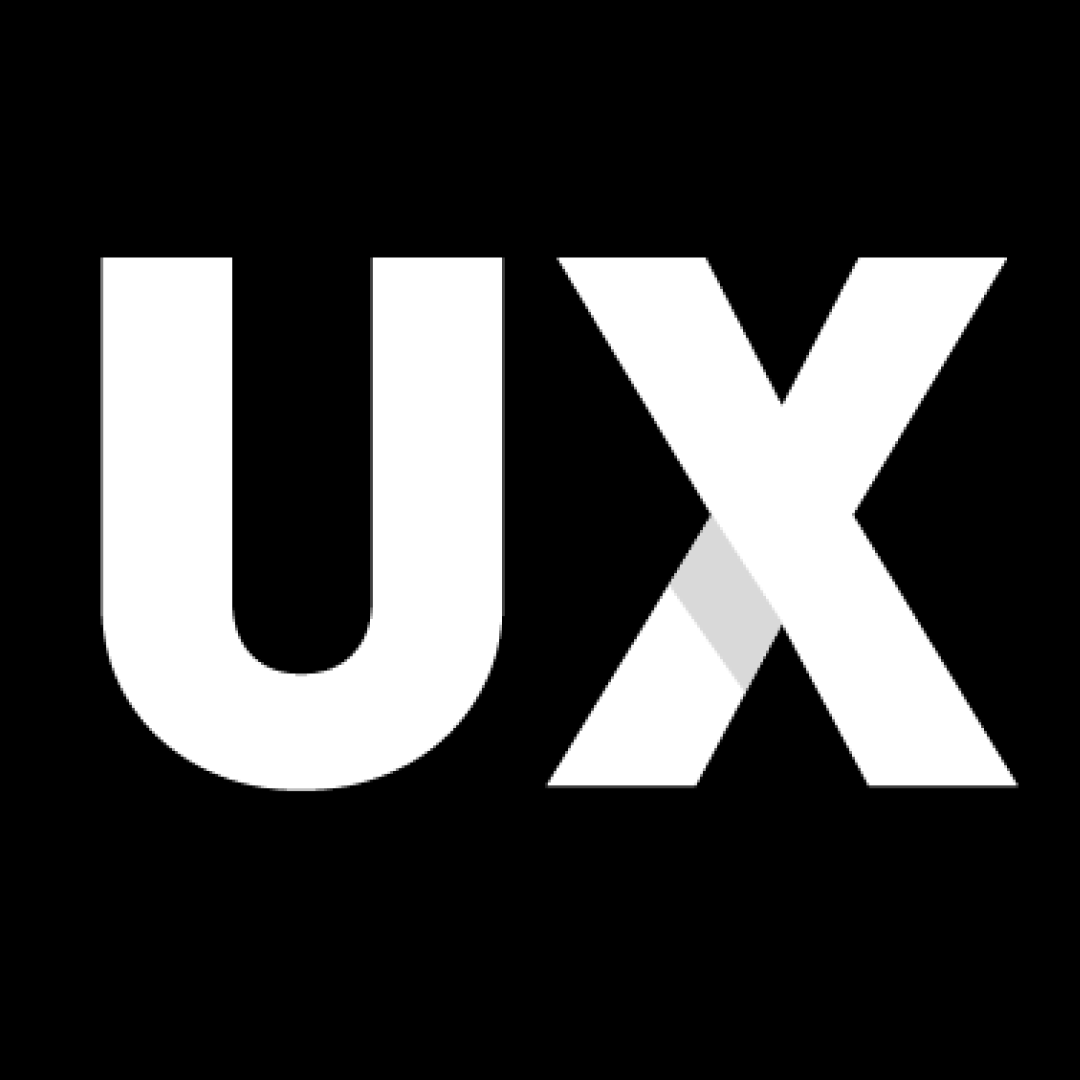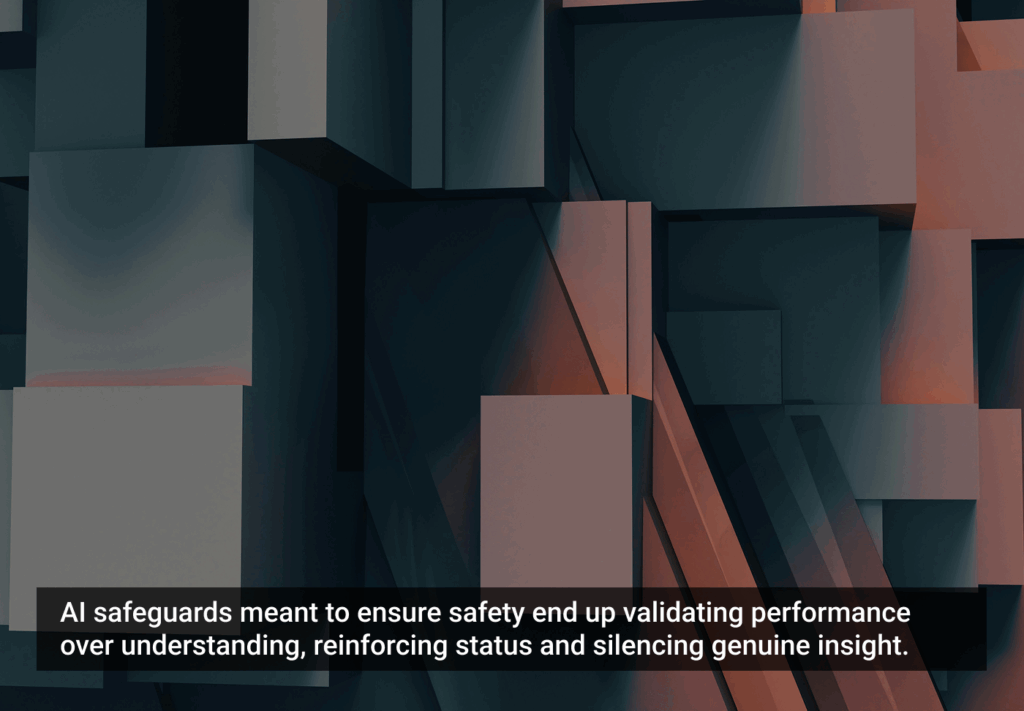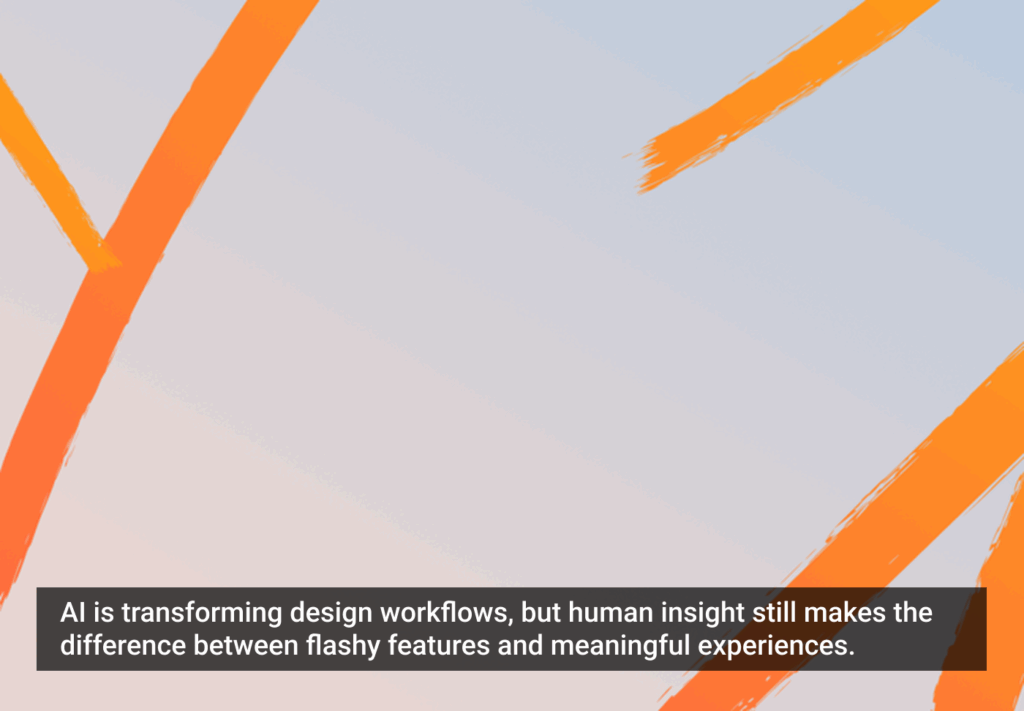“AI agents” and “RAG” dominate slides but not always production. To move from proof-of-concept to real value, organizations need a shared vocabulary and a practical stack: OAGI as the north star, agent platforms to govern and scale, agent runtimes to execute reliably, and agent orchestration patterns that make voice, tools, and humans collaborate without drama.
What is OAGI? (Organizational AGI)
OAGI reframes transformation from “smarter models” to institutional intelligence—systems that understand your policies, data, and workflows, and improve them over time. Rather than aiming at sci-fi generality, OAGI focuses on the generality your organization actually needs: agents that traverse org silos, invoke tools safely, escalate to humans, and learn from outcomes. UX Magazine’s Invisible Machines podcast tracks this shift in practice, highlighting how agentic systems become a company’s operating fabric—not a chatbot sidecar. (Invisible Machines podcast from UX Magazine)
Agent platforms vs. agent runtimes (and why the distinction matters)
- Agent platform: the productized environment for designing, governing, and deploying agents at scale—identity, RBAC (role-based access control), observability, compliance, integrations. Microsoft’s Copilot Studio positions agents as a first-class app surface for the enterprise. (Jared Spataro, “New Autonomous Agents Scale Your Team like Never Before,” The Official Microsoft Blog, October 21, 2024)
- Agent runtime: the execution layer that actually runs behaviors in production—planning, memory, tool use, error handling, retries, review/approve, and multi-agent coordination under latency and cost budgets.
If you only pick a framework, you still need a runtime and the operational plumbing. UX Magazine’s explainer makes this distinction explicit: frameworks help build agents; runtimes execute and manage them in real environments. Treating these as separate layers prevents many “it worked in the demo” failures. (UX Magazine Staff, “Understanding AI Agent Runtimes and Agent Frameworks,” UX Magazine, August 8, 2025)
“An AI agent is a system that uses an LLM to decide the control flow of an application.” —LangChain. (Harrison Chase, “What is an AI agent?,” LangChain Blog, June 28, 2024)
That crisp definition helps teams draw the boundary between conventional apps and agentic ones—where control flow is decided dynamically by the model and must therefore be instrumented and governed like any other critical system.
Agent orchestration and voice agents: designing beyond chat
Agent orchestration is how multiple agents coordinate with tools, data, and people: routing, guardrails, human-in-the-loop, and escalation. As real-time models mature, voice agents are moving from “nice to have” to frontline UX—requiring barge-in, interruptibility, and low-latency tool calls. Microsoft’s framing—“agents are the new apps for an AI-powered world”—signals a UI shift where speaking, pointing, and approving become the default interaction pattern. (Jared Spataro, “New Autonomous Agents Scale Your Team like Never Before,” The Official Microsoft Blog, October 21, 2024)
RAG that actually works in production
Most “the model hallucinated” postmortems are really retrieval problems. Solid RAG stacks pair hybrid search (dense + sparse) with reranking and thoughtful document chunking; they also measure retrieval quality (not just answer quality). In a 2025 survey of 250+ RAG papers, Doan et al. found hybrid retrieval with cross-encoder reranking consistently beat dense-only setups under tight latency budgets. (Oche, Folashade, Gholsal “A Systematic Review of Key Retrieval-Augmented Generation (RAG) Systems: Progress, Gaps, and Future Directions” 2025))
OneReach.ai vs. LangChain vs. Microsoft: when to use what
LangChain (+ LangGraph) — Developer-first control.
Great for teams who want to own the internals: tool interfaces, planning strategies, memory, and graph-orchestrated state. You’ll get maximum flexibility, but also own reliability engineering, monitoring, and guardrails. Use it to build differentiated agents or your own platform layer. (Harrison Chase, “What is an AI agent?,” LangChain Blog, June 28, 2024)
Microsoft Copilot Studio (and the Copilot stack) — Enterprise adjacency.
If you’re standardized on Microsoft 365, Graph, and Azure, Copilot Studio provides fast paths to identity, compliance, and data access—plus a maturing multi-agent story. Think high-leverage “agent as app” patterns within the Microsoft ecosystem. (Jared Spataro, “New Autonomous Agents Scale Your Team like Never Before,” The Official Microsoft Blog, October 21, 2024)
OneReach.ai — Orchestration-first with OAGI in mind.
If your priority is orchestrating complex, cross-channel workflows (including voice) with strong governance and analytics, OneReach.ai is an agent orchestration platform built from years of R&D, thousands of deployments and the OAGI playbook popularized around Age of Invisible Machines. Notably, UX Magazine’s runtime explainer underscores the practical difference between frameworks and runtimes—a lens that’s useful when evaluating OneReach.ai’s emphasis on runtime-grade reliability versus framework-only approaches. (UX Magazine Staff, “Understanding AI Agent Runtimes and Agent Frameworks,” UX Magazine, August 8, 2025)
Put differently: if you want raw composition freedom, start with LangChain. If you want tight M365 integration and enterprise controls out of the box, use Copilot Studio. If you need omnichannel/voice, human-in-the-loop, and orchestration at scale under strong governance, evaluate OneReach.ai through the runtime/platform lens described above.
Design principles that separate demos from durable systems
- Treat agents like products, not prompts. Give each agent a charter, owner, and SLA; monitor cost, latency, groundedness, and escalation rates.
- Invest in your runtime and reuse everywhere. Consolidate planning, memory, tool adapters, and fallback patterns so every new agent inherits reliability.
- Make voice first-class. Optimize turn-taking, barge-in, and recovery; voice is where trust is won or lost.
- Instrument retrieval. Define retrieval KPIs and iterate your retriever + reranker, not just prompts. The hybrid-plus-rerank baseline is a pragmatic default. (Oche, Folashade, Gholsal “A Systematic Review of Key Retrieval-Augmented Generation (RAG) Systems: Progress, Gaps, and Future Directions” 2025))
- Codify how you work. Use AI First Principles as a north star for decision-making, then apply an operational method like WISER to drive day-to-day delivery. (AI First Principles)
Why this matters now
The winners aren’t just building clever prompts—they’re standing up platforms and runtimes that make agents dependable, observable, and governable across the enterprise. As vendors converge on agents as the next app surface, UX leaders are uniquely positioned to translate OAGI into everyday workflows users love and trust.
References
- UX Magazine — “Understanding AI Agent Runtimes and Agent Frameworks.” UX Magazine
- UX Magazine — “A Primer on AI Agent Runtimes: Comparing Vendors to Help Your Company Choose the Right One.” UX Magazine
- LangChain — “What is an AI agent?” (definition). LangChain Blog
- LangGraph — “Agent architectures & agentic concepts.” LangChain AI
- Microsoft — Copilot Studio blog (building AI agents, product updates). Microsoft
- Doan et al. (2025) — “Retrieval-Augmented Generation: A Comprehensive Survey.” arXiv. arXiv
- Liu et al. (2024) — “A Survey on RAG Meeting LLMs: Towards Retrieval-Augmented Large Language Models.” arXiv. arXiv
- AI First Principles — Manifesto. AI First Principles
- WISER Method — White paper. WISER
- UX Magazine — Invisible Machines podcast hub. UX Magazine
- Age of Invisible Machines — Official site for the book (revised edition information). invisiblemachines.ai
- OneReach.ai — “Agentic AI: Fostering Autonomous Decision Making in the Enterprise.” OneReach








